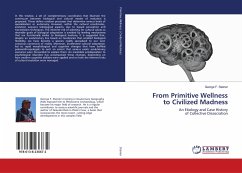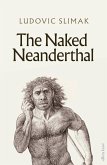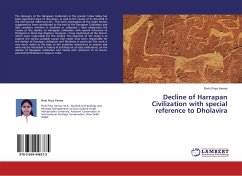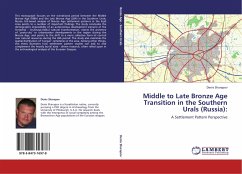In this treatise, a set of complementary coordinates that illustrate the continuum between biological and cultural modes of evolution is proposed. These define random processes that determine various levels of specialization or autonomy. However, within the cultural coordinates, evolution acquires teleological aspects, due to biased perception and transmission techniques. The inherent risk of selecting for cultural values as desirable goals of biological adaptation is avoided by leveling mechanisms that are functionally similar to biological neoteny. It is suggested that, despite an evolutionary line based on tendencies that enabled biological flexibility, we have become a species rigidly specialized to our own conscious constructs of reality. Moreover, accelerated cultural adaptation led to rapid morphological and cognitive changes that have baffled paleoanthropologists to such an extent that various exotic evolutionary scenarios were forwarded to explain them. An inevitable predisposition to psychological disorders has accompanied these changes, depending on how modern cognitive abilities were applied and on how the inherent risks of cultural evolution were managed.
Bitte wählen Sie Ihr Anliegen aus.
Rechnungen
Retourenschein anfordern
Bestellstatus
Storno








